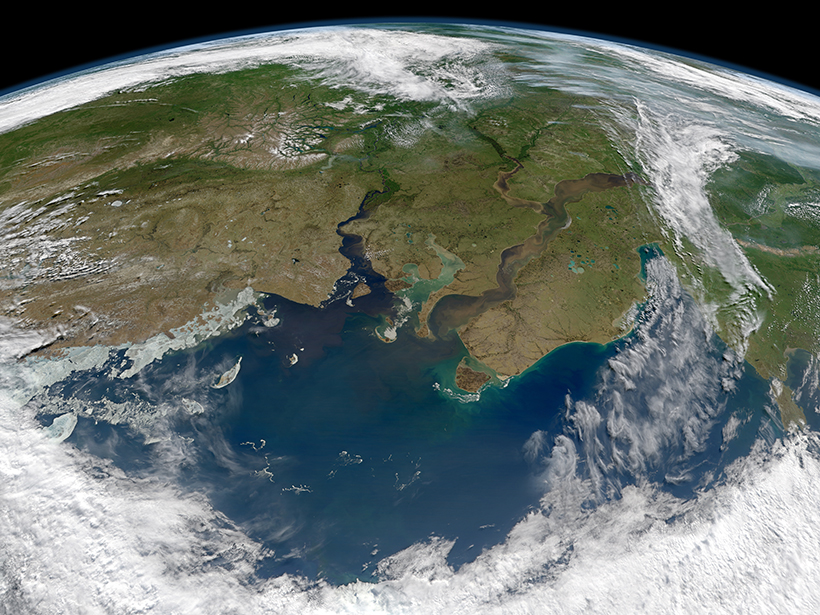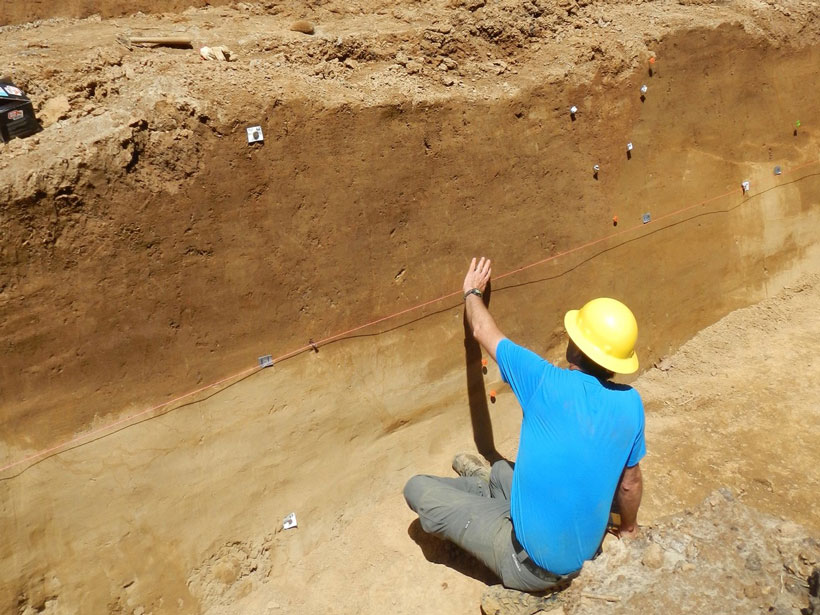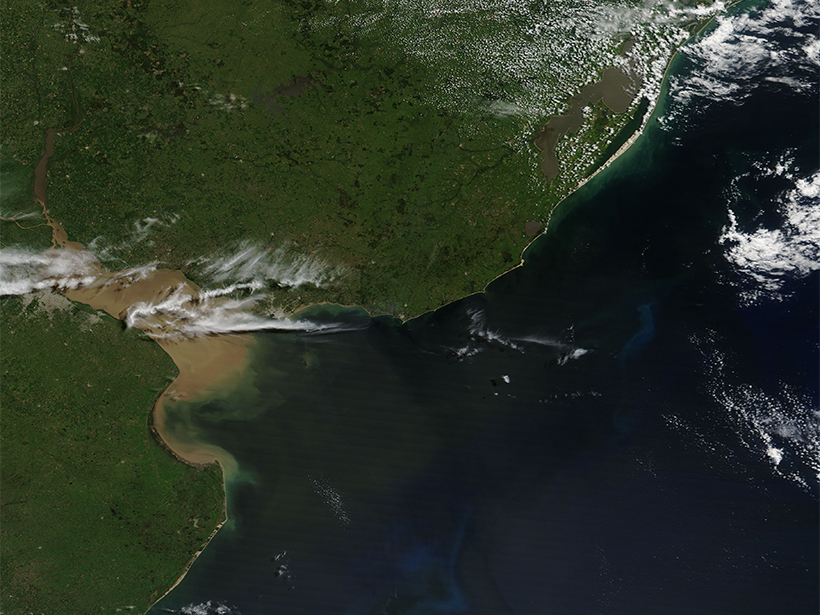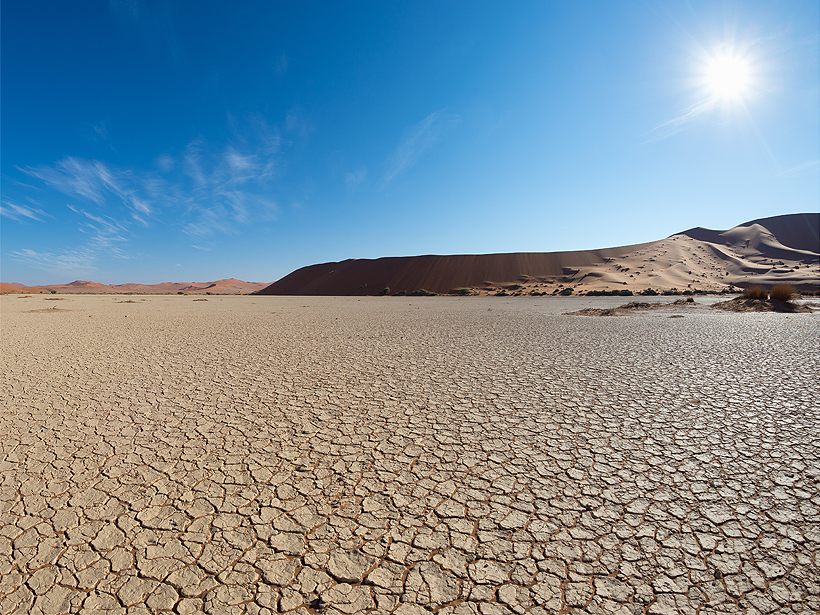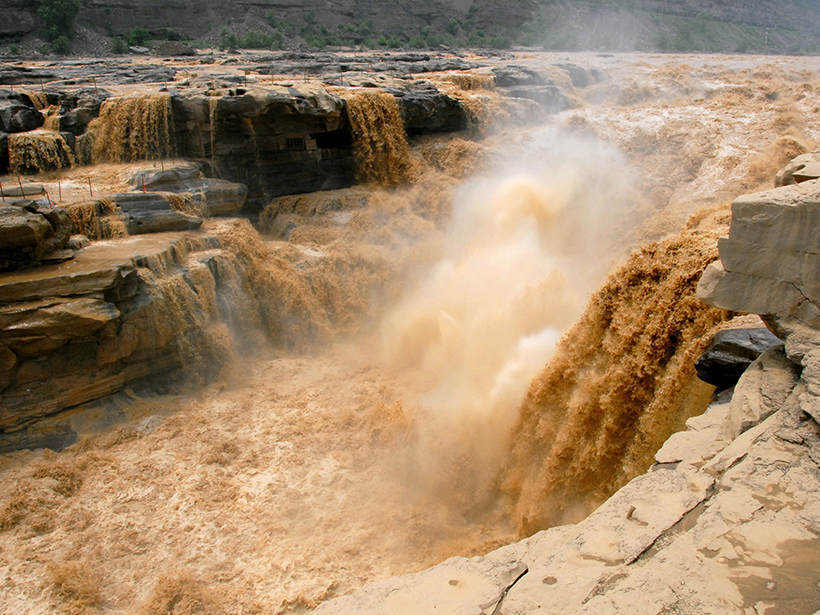The first study to examine the ability of a suite of general circulation models to predict sudden warmings in Earth’s stratosphere highlights the potential for improving Northern Hemisphere forecasts.
Geophysical Research Letters
Old Idea Spurs New Research into Origins of Carbonate Mudstones
Using modern techniques, scientists tested an old hypothesis about carbonate mud production to shift the thinking about rocks that are used as seawater archives and a source of petroleum.
How Yellowing Seas Will Affect Ocean Temperatures
Materials that trap solar heat at the sea surface could cause more extreme temperatures.
Very Warm Water Observed Along West Antarctic Ice Shelf
Two years of mooring observations at the edge of the continental shelf show that wind stress and upwelling control the inflow of some of the warmest water observed at an ice shelf front in Antarctica.
Secrets from the New Madrid Seismic Zone’s Quaking Past
High-resolution lidar topography reveals a long history of ancient earthquakes.
Unraveling the Origins of a Record-Setting Marine Heat Wave
The extreme heat wave in the southwestern Atlantic in 2017 was likely caused by upper atmosphere circulation patterns triggered by the Madden-Julian Oscillation tropical weather cycle.
What Climate Models Get Wrong About Future Water Availability
Models that accurately represent past and present rainfall provide more accurate projections of water availability, a new study suggests.
The Thermosphere Responds to a Weaker Than Normal Solar Cycle
Infrared emissions from nitric oxide and carbon dioxide in Earth’s upper atmosphere, which are closely tied to incoming solar radiation, are drastically lower than in the previous solar cycle.
Through Flood and Drought: Reconstructing the Yellow River
Tree ring chronologies fill in gaps in the historical record and offer insights into the natural flow of China’s Yellow River.
Imaging an Earthquake Rupture in High Definition
New field measurements using terrestrial laser scanning provide a detailed, centimeter-scale image of surface deformation patterns caused by the Magnitude 6.6 earthquake in Norcia, Italy.



